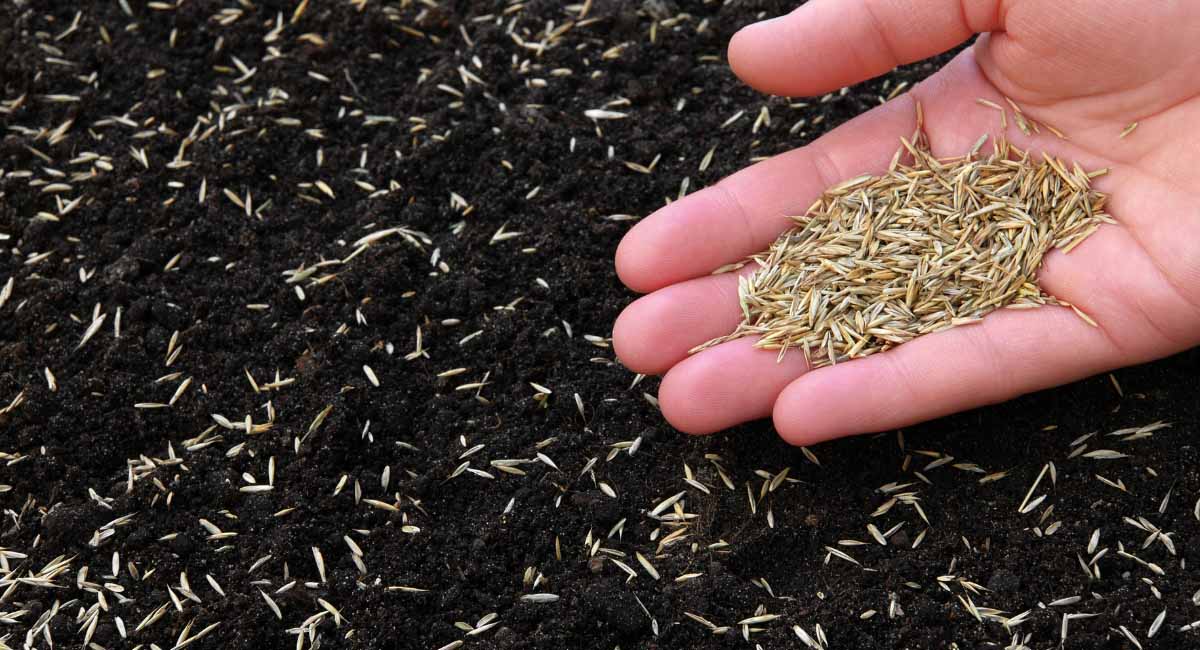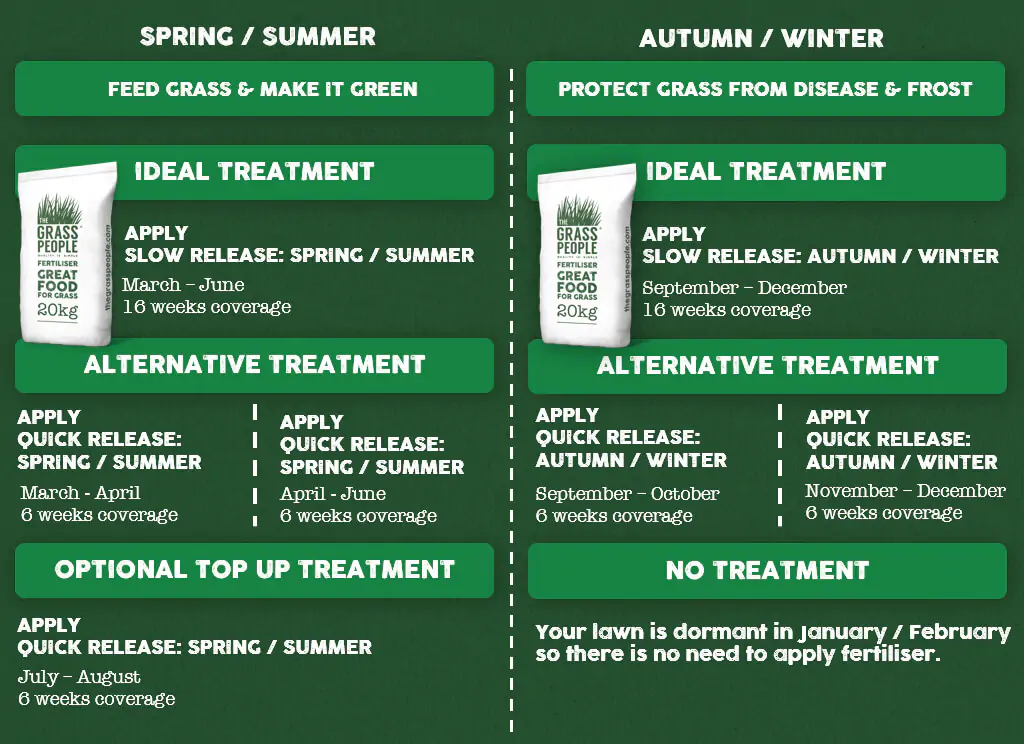How to sow grass seed

Find out how to sow grass seed with our expert guide, which will show you the best way to sow grass seed and help you get it right the first time.
Knowing how to sow grass seed may seem like a simple task to some, but even if you're a seasoned grass seed sowing professional, everyone should follow some basic rules to ensure you sow grass seed properly.It will also help if you know what grass seed is ideal for your garden and when to begin planting it. This will help if you are sowing a new garden from scratch or overseeding. And knowing how long it takes to grow will help you plan your project.
Prepare your seedbed to perfection
We hate to sound like a school teacher, but it is true that if you fail to prepare - you should prepare to fail. Preparing your seedbed well goes a long way to ensuring successful germination and the future growth of your lawn.
Consider your garden soil quality
One of the first things to consider is the soil quality you are working with. Determining your soil type will greatly help your lawn's quality in the long run! In some instances, you may have poor soil quality (e.g. leftover builders' material in a new build), and it may be advisable to add topsoil.Other soil types, like sandy, clay, and loam soils, can all be worked with but will still need to be well prepared.
The ideal seedbed for sowing grass seed should be:
- Free from weeds, moss or other debris
- Well-draining
- Level
To learn more about achieving the best seedbed for growing grass seed - please follow our how to prepare the perfect seedbed guide.
Knowing when to sow grass
Sowing season in the UK is generally from mid-March to September. Known as the seeding season, when temperatures are consistently 8-10 degrees Celsius and above, which is required for germination. When planning to sow grass, consult a two-week forecast to mitigate any risk of adverse weather or a sudden drop in temperatures. Likewise, if you plan to sow your seed in hot weather, make sure to water your soil adequately before and after sowing so that your seedlings do not dry out.We also have a more detailed guide on the best time to sow your grass seed.
How to sow grass seed
You can sow grass seed by hand by simply scattering it, or by using a handheld spreader - please contact your manufacturer to calibrate the correct setting that matches the spreading rate of the seed. For sowing a new lawn, we recommend sowing the seed at 50g per m2. If you plan to overseed an existing lawn, we recommend sowing at 35g per m2. The breakdown below simplifies this process and ensures your grass seed will germinate quickly and begin growing efficiently and evenly across your lawn:
Sowing a new lawn
- Dig the soil over to a depth of 20-25cm
- Remove weeds by hand or use a weed killer
- Add top soil if you believe the soil to be poor quality
- Rake the area to get a level seedbed
- Allow the area to cultivate for 10-14 days; this will encourage any dormant weeds to appear on the surface. Then, remove any newly appearing weeds by hand.
- Sow the seed at our recommended rate of 50g per m2 by using a seed spreader or your hand
- Rake the seed in after sowing so that the seed is in amongst the soil
- Firm down by foot or by using a roller to improve seed-to-soil contact
Overseeding an existing lawn
- Remove any dead grass, weeds or moss by scarifying/raking the area
- Rake the area enough so that the soil is loose
- Allow the area to cultivate for 10-14 days; this will encourage any dormant weeds to appear on the surface. Then, remove any newly appearing weeds by hand.
- Sow the seed at our recommended rate of 35g per m2 by using a seed spreader or your hand
- Sow between 5mm and 10mm beneath the surface. That’s about 3-pound coins deep (stacked).
- Rake the seed in after sowing so that the seed is in amongst the soil
- Firm down by foot or by using a roller to improve seed-to-soil contact
Aftercare of Seedlings
- Continue to water your lawn deeply and daily for the next six weeks, avoiding when it is raining
- Your lawn will take up to 6 weeks to fully establish
- Once there is even coverage throughout the lawn and grass blades are hitting heights of 5-7cm, your lawn is ready for its first mow.
- To keep your lawn healthy and weed-free, remember to regularly fertilise - our fertiliser programme recommendations are below.

Have you got any more questions? Check out our Grass FAQs section!
If you would like any additional advice, or maybe you have queries you feel are unique to your lawn, please send us a message, and we will be happy to help.